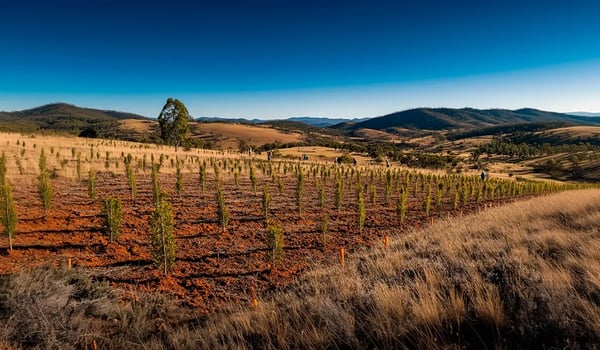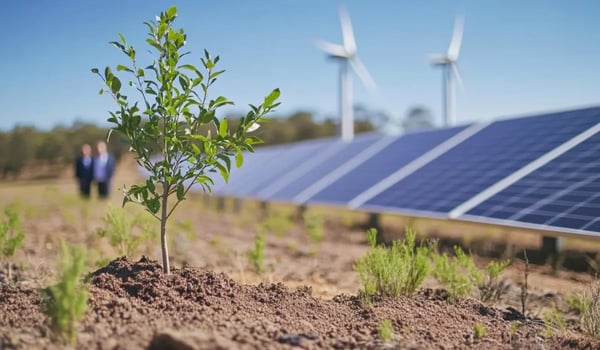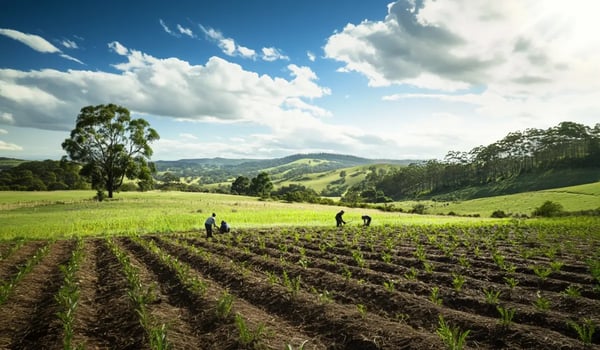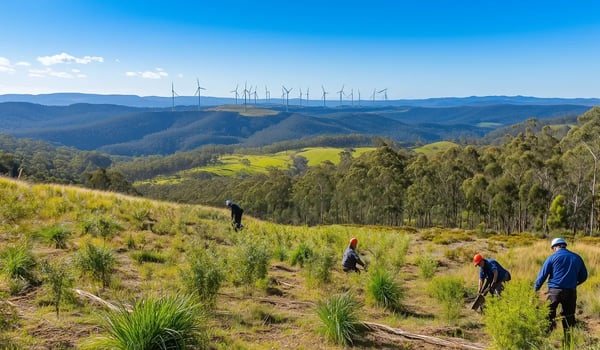A record-setting reforestation initiative is taking shape in Australia, with 3,000 hectares of...

Australia’s Largest Native Reforestation Drive Planned Under EP Credit Scheme
2

Australia’s New 2035 Strategy: Billions for Carbon Removals and Renewables
Australia has introduced its updated Nationally Determined Contribution (NDC) under the Paris...
2

New Funding in Australia Supports Tree Planting and Carbon Credit Projects
Victoria, Australia, has launched a major funding programme to help landowners establish forestry...
1

Australia’s Carbon Prices Rise to Highest Point Since January
Carbon credit prices in Australia surged at the start of the week, reaching levels not seen since...
1



